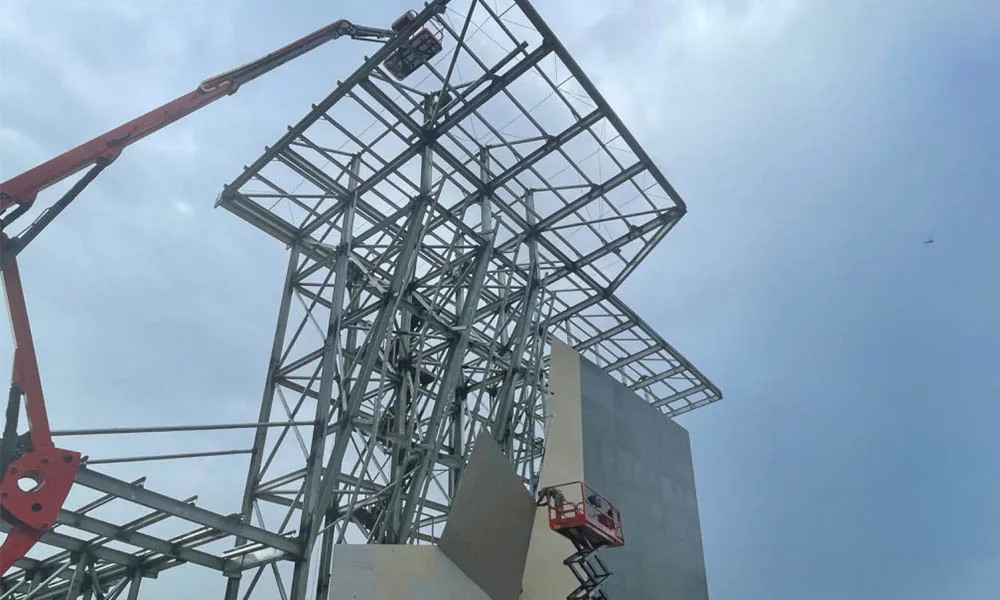
Climbing has surged in popularity, captivating millions worldwide with its blend of physical challenge and mental strategy. Whether setting up an indoor gym or an outdoor climbing structure, the choice of materials for your climbing wall not only affects the climber’s experience but also factors into safety, maintenance, and longevity. This guide explores key considerations and options for selecting the right material for your project.
At SCT, we turn complex into simple follow the following 3 steps to start today!
Tell us as specific as possible of your needs ,provide the drawing,reference picture and share your idea.
We will work on the best solution according to your requirements and drawing the specific quote will be provided within 24 hours.
We will start mass production after getting your approval and deposit and we will handle the shipment.

Copyright © 2023-2025. All Rights Reserved.